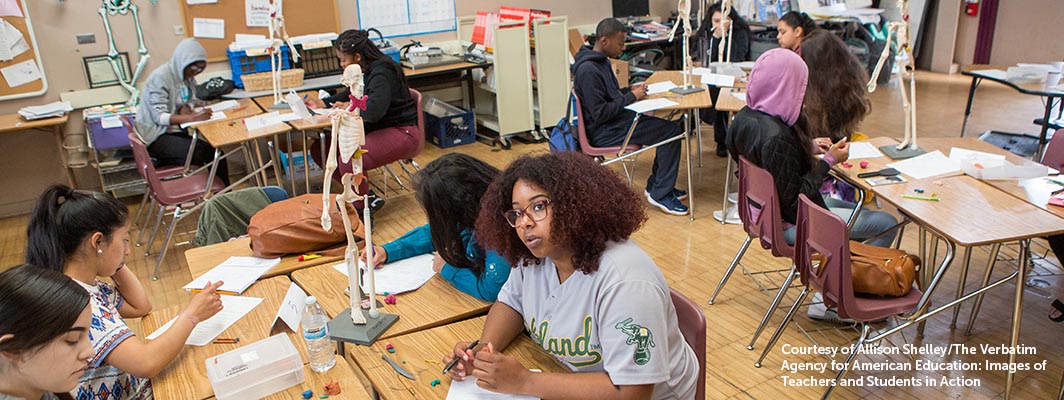
Where are America’s immigrant families settling, and where are their children going to school? With immigrant populations in rural and small-town America on the rise, the answer, increasingly, is everywhere.
Between 2000 and 2016, South Dakota, South Carolina, North Dakota, and Tennessee experienced the largest percentage increases in immigrant population in the United States. In parts of Texas, Arkansas, Oklahoma, Nebraska, Kansas, and Iowa, newcomer families are actually reversing native-born population loss. Maine has welcomed immigrants and refugees fleeing conflict in Africa, and 1 in 12 of the state’s residents now are native-born citizens with at least one immigrant parent. In Minnesota, the number of English learner (EL) students has grown by more than 300 percent in the past 20 years.
These shifting demographics pose unique challenges for rural and suburban schools, many of which are unaccustomed to educating English learners and recent immigrants — or indeed to living in diverse communities. We spoke with Martina Wagner, a longtime teacher and EL expert based in Minnesota, about how these once-homogenous districts can welcome and serve newcomer students.
EL and immigrant students collectively speak over 400 languages. Some recent immigrants may have had highly disrupted, informal educational experiences, and others may have regularly attended western-style schools.
Here, Wagner’s advice on what school leaders should keep in mind so that every student, regardless of the languages she speaks or where she was born, receives a rigorous, accessible education.
First and most important: Don’t generalize about EL and immigrant students, because they are a vastly diverse group.
For districts with very few immigrant or EL students, school leaders should first prioritize:
One challenge for school districts not used to newcomers is maintaining high expectations. In these cases, advises Wagner, “You don’t reduce the rigor. You change the supports.” While EL students likely need assistance accessing academic content, they are entitled to an education that is just as rigorous as their native-speaking peers. Educators should offer them the language supports they require to complete the same assignments as their native-speaking peers.
Remember that newcomer students may face cultural barriers as well as language ones. A student won’t perform well on a reading assessment if the content in the passage — American television shows or local history, for example — is something she’s unfamiliar with. Curricula “can and should be accessible to all students, including ELs,” says Wagner.
Teachers shouldn’t highlight only the challenges newcomers have faced, which could unintentionally reduce immigrant students to stereotypes. Instead, let students share a complete picture of themselves — their family, favorite sports and music, and dreams.
Supporting families is essential, says Wagner.
It’s helpful for native students to learn about the diverse backgrounds and experiences of immigrant peers. But teachers shouldn’t highlight only the challenges newcomers have faced, warns Wagner. That limited sharing could unintentionally reduce immigrant students to stereotypes. Instead, let students share a complete picture of themselves — their family, favorite sports and music, and dreams.
At the high school level, educators can empower immigrant students to facilitate conversations across difference with native-speaking peers and staff. In schools where Wagner has worked, this activity has used the expertise of multilingual students to build the capacity of monolingual students. Both groups, she says, leave these conversations realizing and deconstructing preconceived notions about each other.
A new report from the Council of Chief State School Officers explores the emotional needs of recently arrived immigrant English learners and offers advice to state and local education agencies. The report says that these newcomers arrive in the U.S. at all grade levels and with varied English proficiency, varied educational backgrounds, and varied home language literacy levels. They bring unique assets, but they’ve often contended with trauma, interrupted schooling, and jarring dislocations, calling for policy responses that can meet complex needs.
This article originally appeared on Usable Knowledge from the Harvard Graduate School of Education. Read the original version here.

We want to hear from you!
Please take this 5-minute survey and help us serve you better.
